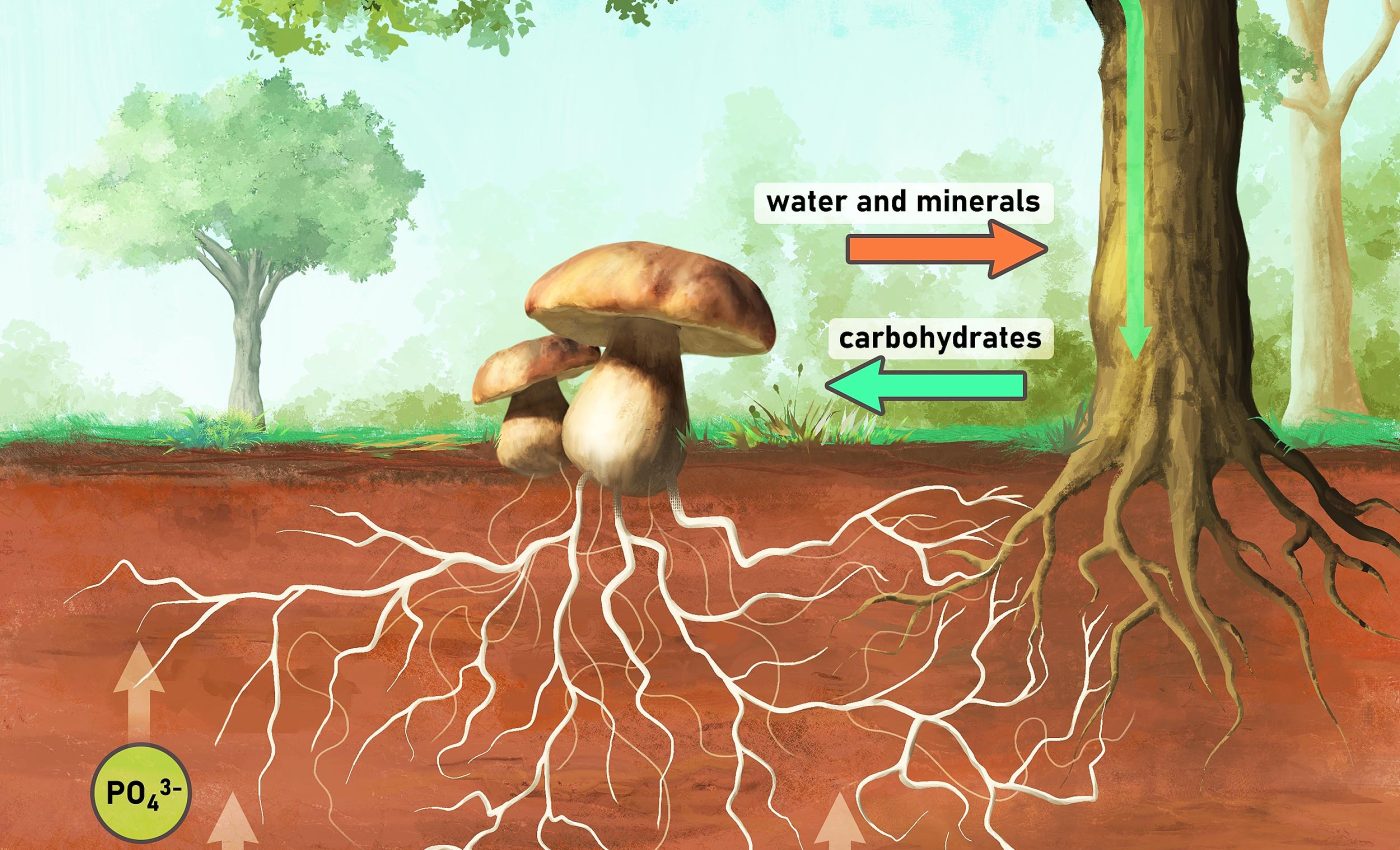
Scientists change their minds about 'friendship' and cooperation between plants
Plants do not wave warning flags when a hungry caterpillar shows up. Yet for years scientists wondered if roots guide underground networks that let one plant alert its neighbors before the first bite lands.
A modeling study released in January, 2025 suggests the picture is far less neighborly. Lead author Dr Thomas Scott of the University of Oxford argues that most plants would lose more than they gain by sounding a genuine alarm.
Why plants play tricks
Natural selection rewards thrift, so every calorie sunk into defense is a calorie that cannot go into growth or seeds. Because neighbors compete for the same sunlight and minerals, helping them makes little evolutionary sense.
The models draw on the idea of kin selection, the notion that genes “care” about relatives who share those genes. When the same genetic relatives also fight for the same patch of soil, the benefit of warning kin evaporates.
Simulations showed that honest signals kept disappearing from the virtual population. False alarms, however, sometimes stuck around long enough to handicap competitors by pushing them into needless chemical warfare.
“Our results indicate that it is more likely that plants will behave deceptively toward their neighbours, rather than altruistically, even when no herbivore is present,” said Dr Scott, adding that a plant might fake an attack draining rivals of resources in the process.
Fungus helps plants communicate
Much of the debate centers on the mycorrhizal fungi that lace through the soil, forming what ecologists nickname the “wood wide web.”
These threads trade phosphorus and nitrogen for plant‑made sugars and can physically link roots from different species.
Laboratory work with Solanum lycopersicum showed that when one tomato in a shared fungal network met a caterpillar, connected tomatoes cranked up four defense enzymes within hours. The reaction happened even though the “listener” plants never touched the insect.
Defensive cues may move as volatile organic compounds drifting through the hyphae or leaking from wounded roots.
Scott’s team argues that such cues are hard to suppress completely, creating an involuntary “tell” rather than an intentional SOS.
Model runs where the victim plant tried to hide the cue found that full suppression was rarely worth the metabolic fee. That fits the tomato result, where receivers benefitted even though senders paid the cost of damage.
Fungus as mediators between plants
If plants are unlikely whistle‑blowers, someone else must be moving the news. The models showed that the fungi themselves could profit by monitoring each host and relaying danger to all partners.
A healthy green plant pumps more sugar into the network than a chewed‑up one. By nudging the rest of the network into pre‑emptive defense, the fungus protects its own carbon income.

“Maybe it is the fungal networks themselves that are sending the warning signals,” Dr Scott suggested. Co-author Professor Toby Kiers added that a neighbor may simply be “eavesdropping,” not altruistically sharing information.
Unlike deceptive plants, a cheating fungus would only hurt its paycheck. That steers evolutionary pressure toward honest fungal monitoring, at least until someone proves otherwise in field trials.
What this means for farms and forests
Agronomists dream of crops that switch on defenses before pests build an army. If fungi, not plants, drive advance warning, inoculating fields with the right spores might someday cut pesticide use.
The new study also tempers popular stories claiming that old trees “care” for their sapling offspring. Mutual benefit can still happen, but the math says it must be weighed against relentless competition for limited light.
Some breeders already select rootstocks that recruit efficient fungal partners. Future programs may screen those partners for their talent at early pest detection instead of simple nutrient delivery.
Forest managers experimenting with assisted migration should remember that uprooted seedlings leave their native fungal counselors behind. Re‑establishing key networks could be as vital as matching temperature or rainfall.
Rethinking plant behavior in evolution
These findings challenge the common tendency to describe plants using human social terms like friendship, cooperation, or mutual aid.
Such language can oversimplify complex ecological relationships shaped by evolutionary tradeoffs rather than intentional kindness.

Plants don’t choose to help or harm. They respond to selective pressures based on survival and reproduction.
What might look like generosity from a distance could be a side effect of unavoidable signaling, or an outcome that benefits fungi more than the plants themselves.
Next questions for researchers
The models assume costs and benefits averaged over many generations. Field ecologists now need to tag real roots, real caterpillars, and real fungi to test whether the numbers hold up outside a computer.
One way is to pair isotope tracing with microelectrodes in split‑root systems, watching exactly who sends which molecule where.
Another is to compare fungal genomes for genes that sense host stress chemicals, a clue that selection favors monitoring hardware.
If dishonest plant signals do occur, greenhouse arenas seeded with mixed genotypes should reveal which seed families bluff the most.
Researchers may also seek fungal “referees” that penalize plants that persistently cry wolf. The soil is telling a subtler story than simple plant friendship.
The study is published in Proceedings of the National Academy of Sciences.
—–
Like what you read? Subscribe to our newsletter for engaging articles, exclusive content, and the latest updates.
Check us out on EarthSnap, a free app brought to you by Eric Ralls and Earth.com.
—–













